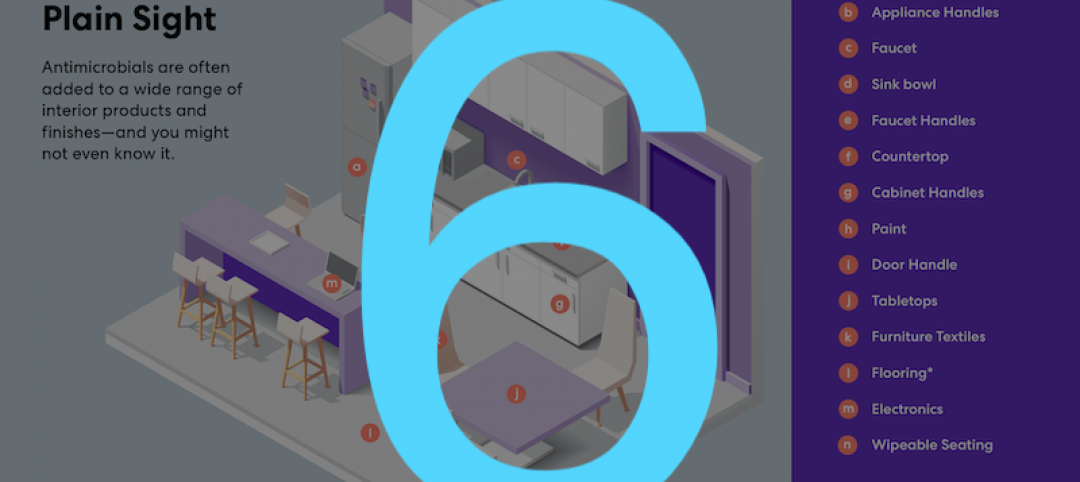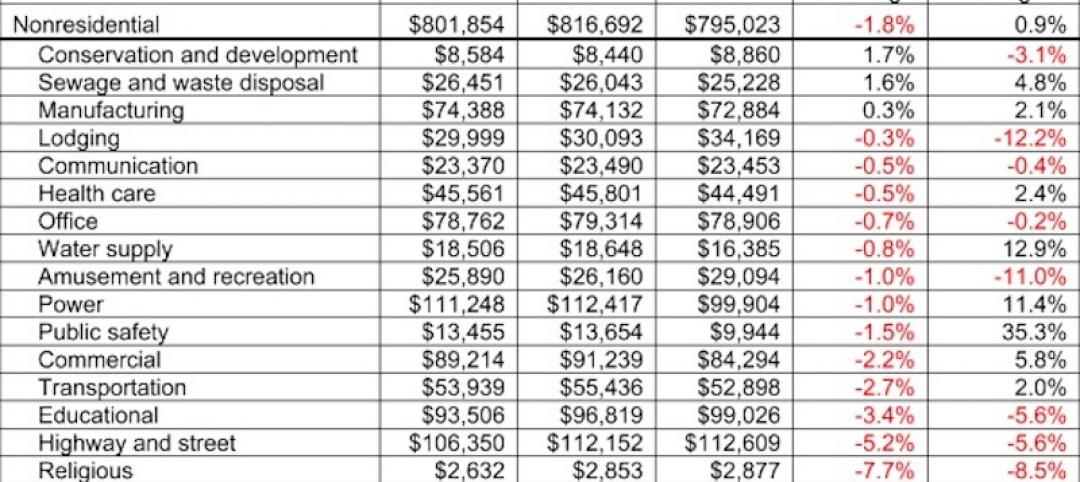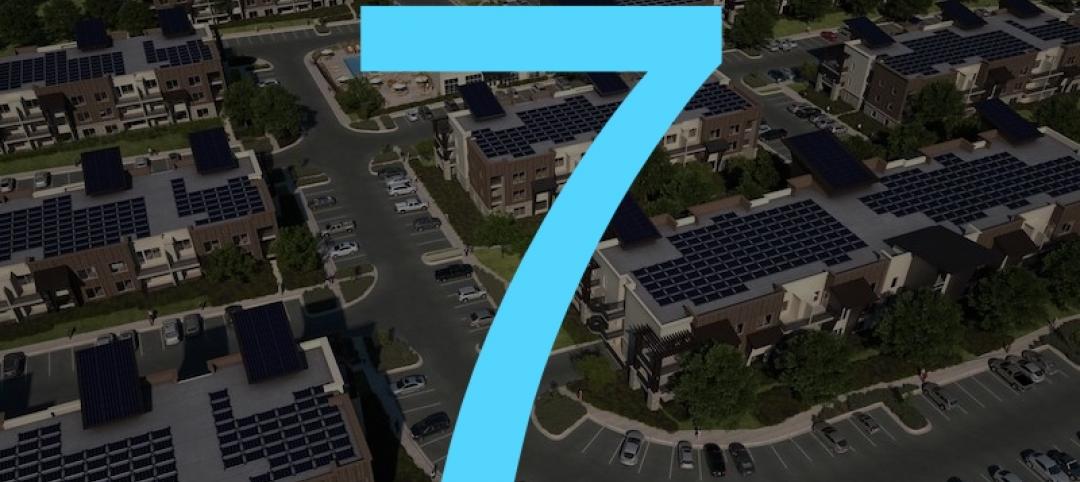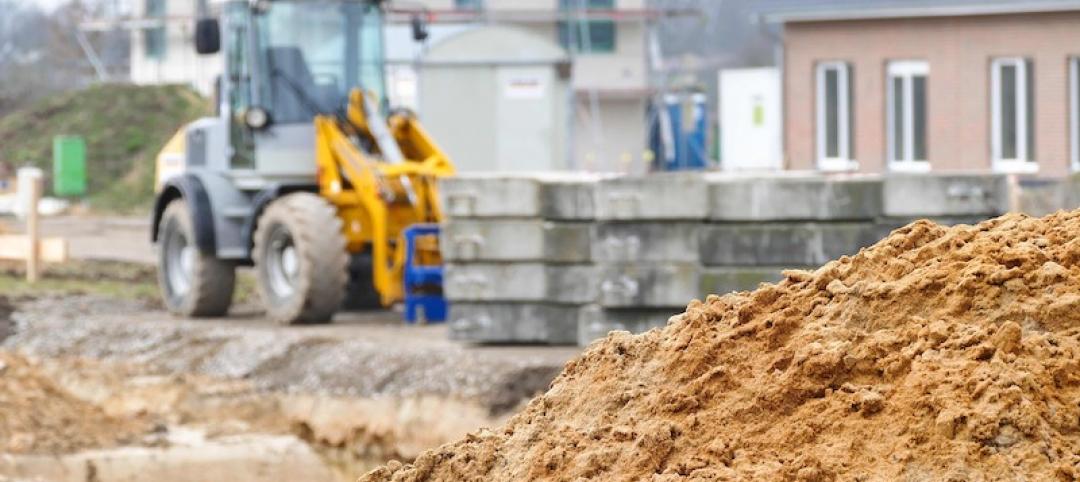The American Institute of Architects (AIA) applauds U.S. Senators David Perdue, R-GA, Shelley Capito, R-WV, Doug Jones, D-AL, and Thomas Tillis, R-NC, for introducing The School Safety Clearinghouse Act yesterday. The legislation would provide state and local officials with unbiased information for making their schools safer through design.
“More than 20 years after the attack at Columbine High School, our schools deserve to be safer. As architects, we know how to help,” said AIA EVP/Chief Executive Officer Robert Ivy, FAIA. “Design serves as a critical element in making our airports, stadiums and office buildings safer following September 11. Senators Purdue and Jones should be commended for introducing new legislation that will give education officials the vetted information they are desperately seeking to create safe and secure schools for America’s children and teachers.”
Under the proposed legislation, the Department of Homeland Security (DHS) would manage a federally funded and housed informational resource on school safety. Local and state officials could access it and be provided with the tools and information they need to design safer schools. Recommendations from architects, engineers, first responders, building security experts and mental health advocates would be included in the clearinghouse after being federally validated.
“Every student deserves access to a safe learning environment and a quality education,” said Senator Perdue. “The School Safety Clearinghouse Act would simply create a resource where state and local officials can find best practices for school security and design. Ultimately, it will allow parents, teachers, and administrators to make informed decisions about the best ways to keep their schools and communities safe. I personally want to thank the American Institute of Architects for lending their expertise about safe school design and partnering with us on this bill.”
AIA is committed to working with Democrats and Republicans, as well as DHS, to ensure the full creation of the clearinghouse. Last August, the Institute and its members launched a school safety campaign initiative advocating for the government to address school violence through a design-centered approach and to establish a federal clearinghouse of design resources. As part of its efforts, several of AIA’s architect members—specializing in school design—testified before the Federal Commission on School Safety and DHS to advocate for legislation and design strategies that would support safer schools. Many of those recommendations—including the federal clearinghouse—were supported in the commission’s report released last December.
In addition to the clearinghouse, the AIA is continuing its efforts to make architectural and design services available to schools through federal grants. As part of this, the AIA is encouraging the U.S. Senate to support language in HR 3055, which increases the amount of money in the STOP School Violence grant program by $25 million, for a total of $125 million. The legislation also clarifies that STOP grants can fund requests from school districts for architectural and design services.
Learn more about the AIA's advocacy efforts online.
Related Stories
Market Data | Jun 3, 2020
6 must reads for the AEC industry today: June 3, 2020
5 ways to improve cleanliness of public restrooms and office owners are in no hurry for tenants to return.
Market Data | Jun 2, 2020
Architects, health experts release strategies, tools for safely reopening buildings
AIA issues three new and enhanced tools for reducing risk of COVID-19 transmission in buildings.
Market Data | Jun 2, 2020
5 must reads for the AEC industry today: June 2, 2020
New Luxembourg office complex breaks ground and nonresidential construction spending falls.
Market Data | Jun 1, 2020
Nonresidential construction spending falls in April
Of the 16 subcategories, 13 were down on a monthly basis.
Market Data | Jun 1, 2020
7 must reads for the AEC industry today: June 1, 2020
Energy storage as an amenity and an entry-point for wellness screening everywhere.
Market Data | May 29, 2020
House-passed bill making needed improvements to paycheck protection program will allow construction firms to save more jobs
Construction official urges senate and White House to quickly pass and sign into law the Paycheck Protection Program Flexibility Act.
Market Data | May 29, 2020
7 must reads for the AEC industry today: May 29, 2020
Using lighting IoT data to inform a safer office reentry strategy and Ghafari joins forces with Eview 360.
Market Data | May 27, 2020
5 must reads for the AEC industry today: May 28, 2020
Biophilic design on the High Line and the office market could be a COVID-19 casualty.
Market Data | May 27, 2020
6 must reads for the AEC industry today: May 27, 2020
AIA's COTE Top Ten Awards and OSHA now requires employers to track COVID-19 cases.
Market Data | May 26, 2020
6 must reads for the AEC industry today: May 26, 2020
Apple's new Austin hotel and is CLT really a green solution?















